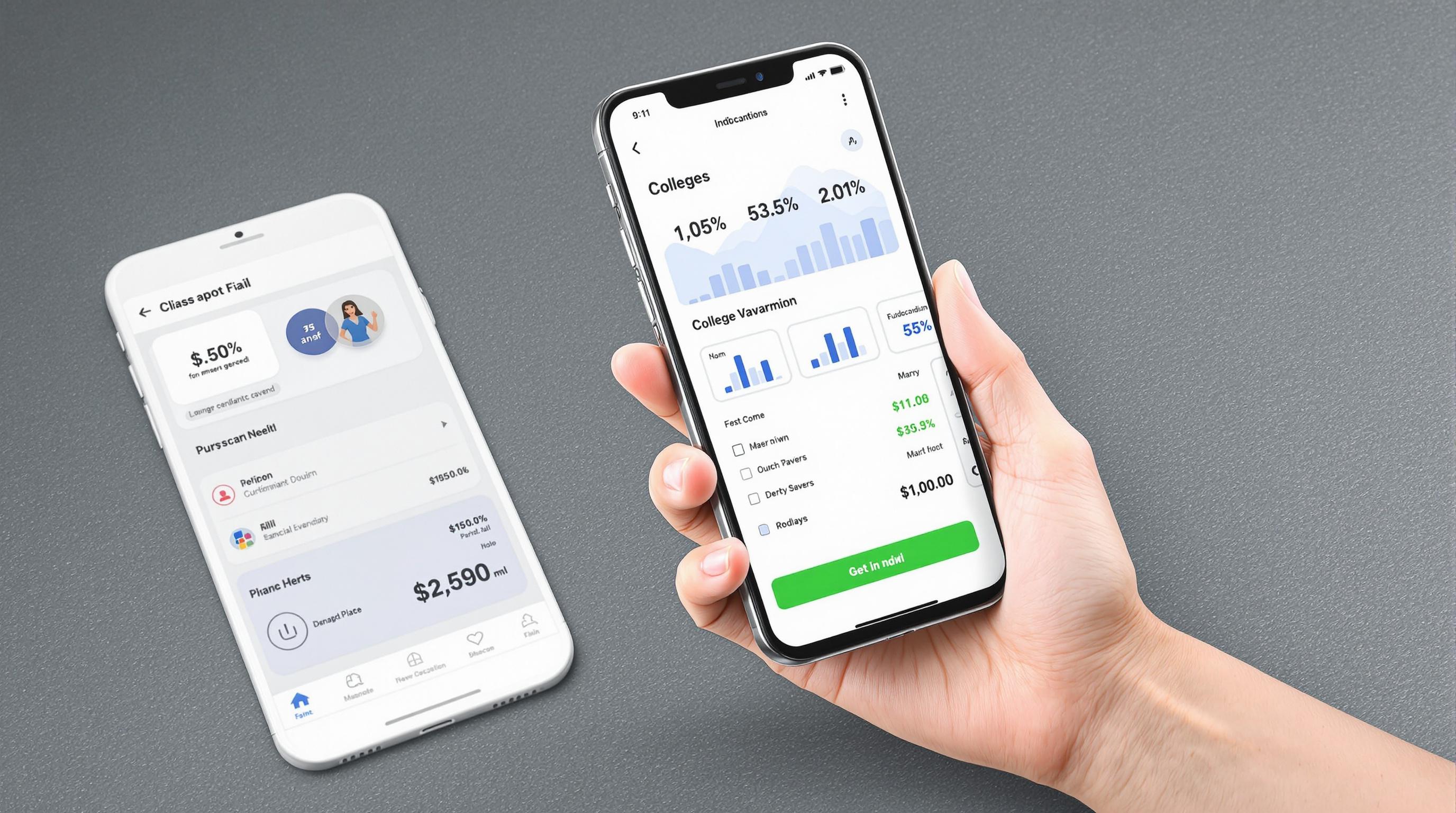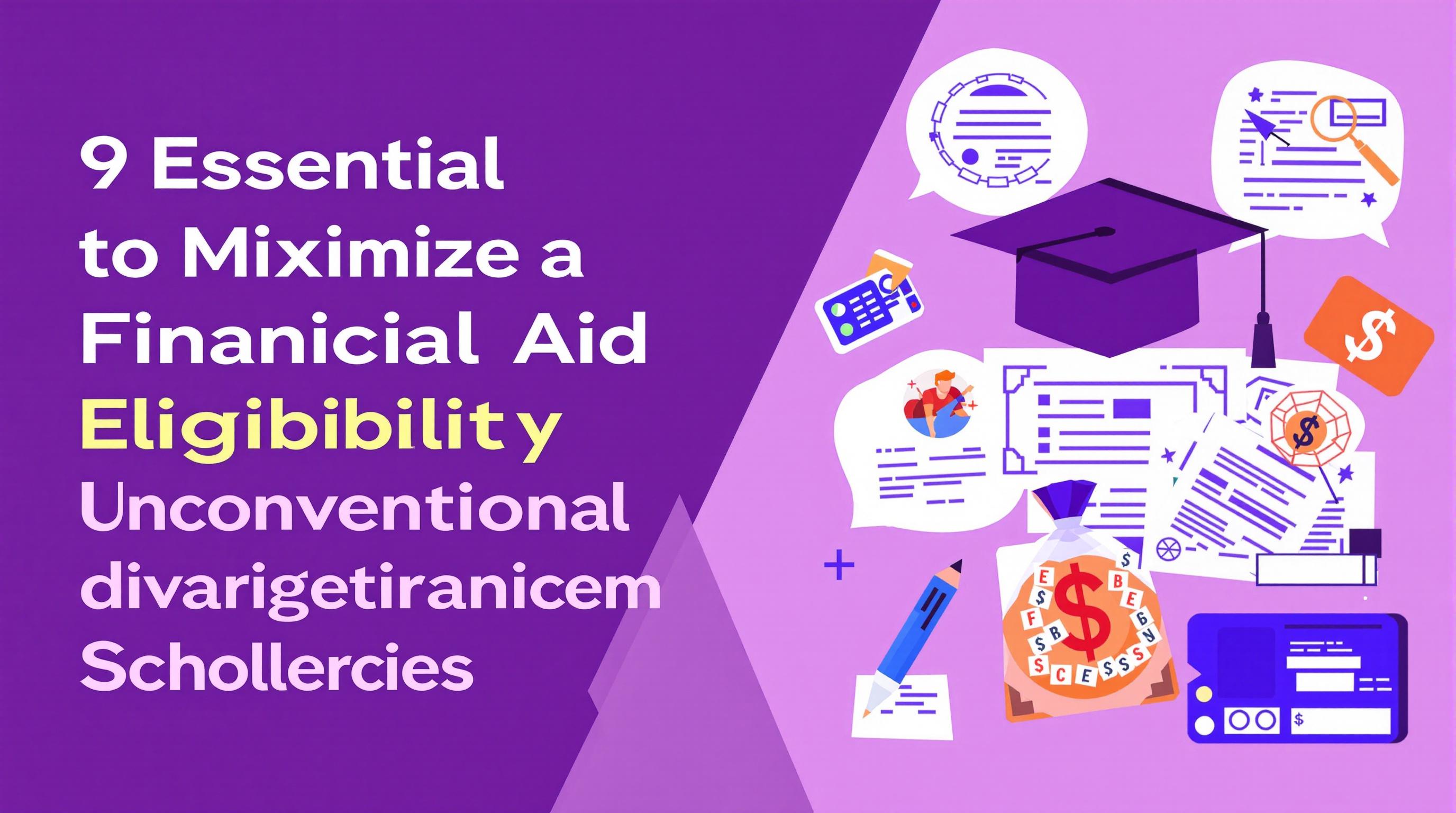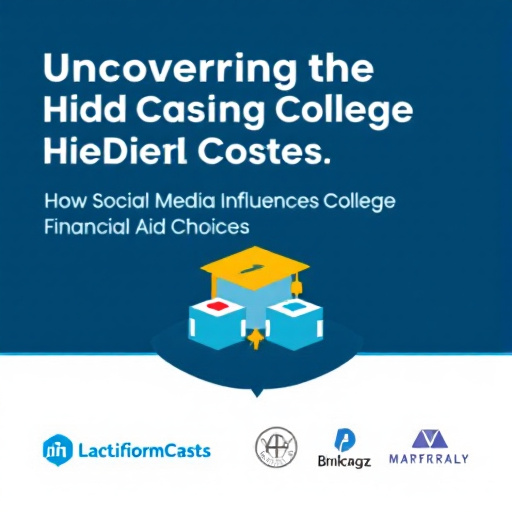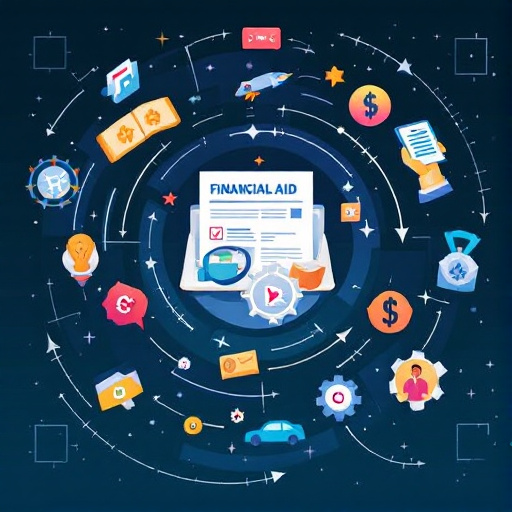Featured Articles
- 9 Essential Strategies to Maximize College Financial Aid Eligibility Through Unconventional Scholarship Sources
- From Grants to Gigs: How the Gig Economy is Shaping Modern College Financial Aid Options
- Redefining Financial Aid: How Social Media Influence Shapes College Funding Choices for Gen Z Students
- The Hidden Costs of College: How Unseen Expenses Derail Financial Aid Plans
- Top 6 Innovative College Savings Apps Released Since 2019 That Actually Boost Your Financial Aid Chances
From Grants to Gigs: How the Gig Economy is Shaping Modern College Financial Aid Options
From Grants to Gigs: How the Gig Economy is Shaping Modern College Financial Aid Options
The transition from traditional financial aid to alternative sources like gigs is rapidly reshaping how college students fund their education. As the gig economy continues to expand, it presents a multifaceted approach to financing higher education, blending creativity with necessity.
Rising Costs of College: A Crisis for Students
The average cost of college tuition has skyrocketed over the past few decades. As of 2023, tuition rates at public universities have climbed to around $10,000 per year, and private institutions average roughly $38,000 (College Board). Many students find themselves burdened by student loans, which have reached a staggering $1.7 trillion in the U.S. alone. This financial strain drives students to search for alternative financial aid solutions, such as gig work.
What Exactly is the Gig Economy?
Imagine this: You wake up at noon (it’s your day off, after all) and decide to take a local walking tour of your city, guiding curious tourists to hidden gems while making hefty bucks. Sounds dreamy? Welcome to the gig economy! It’s a labor market characterized by short-term contracts or freelance work as opposed to permanent jobs. Platforms like Uber, TaskRabbit, and Upwork have opened doors for students to earn money on their own schedules.
Shifting Financial Aid Traditions
Historically, students relying on financial aid primarily turned to scholarships and loans. But these traditional sources are often insufficient to meet the rising costs of education. According to the National Center for Education Statistics (NCES), nearly 75% of students use some form of financial aid, yet many still need to juggle multiple side jobs to make ends meet. This dynamic has paved the way for the gig economy, allowing students to create flexible work schedules that align with their studies.
The Power of Flexibility
One of the most attractive features of gig work is its flexibility. For college students balancing academics, internships, and social lives, the ability to pick up shifts or gigs as needed is invaluable. A study from the Bureau of Labor Statistics shows that 57 million Americans participated in the gig economy in 2021, representing about 36% of the U.S. workforce, with many of these workers doing so to support their education.
Meet Sarah: Balancing Act Extraordinaire
Take Sarah, a 20-year-old college junior majoring in psychology. To afford her tuition, she spends her evenings delivering food through a popular app and freelancing as a graphic designer during weekends. "I love that I can choose when and how much I want to work," Sarah shared. "It helps me pay my bills while also allowing me to focus on my studies." Sarah represents a growing cohort of students utilizing gig work as a financial lifeline.
Gigs vs. Grants: The New Landscape of Funding
Students are finding themselves at a crossroads: do they seek traditional grants, which often have onerous applications or eligibility criteria, or do they dive headfirst into the gig economy? The good news is that gig work can complement grants, providing an additional safety net for expenses like books, housing, and even entertainment.
The Role of Online Platforms
Grants typically disburse large sums for specific criteria, while gig platforms can provide instant cash flow for day-to-day necessities. According to recent findings from the Freelancers Union, 77% of gig workers say they choose this work for their autonomy. This notion of autonomy is very appealing to college students who crave control over their financial circumstances.
Case Studies: Success Stories in Gig Work
Let’s delve deeper into this transformation by examining some real-world examples. Consider James, a university graduate now working as a full-time freelancer. During his time as a student, he relied on gig work to fund his tuition and living expenses. “Without those side gigs, I wouldn’t have made it through college without incurring massive debt,” he explained. He combined several freelance jobs like writing and programming, working several hours a week to establish a steady income. In fact, a 2023 report by Fast Company indicates that college students engaged in gig work are less likely to share the same level of debt as their peers who are not participating in the gig economy.
Battling the Stigma of Gig Work
Despite its benefits, gig work still faces some stigma among traditionalists who see it as "not real work." This is where the narrative needs a shift. The gig economy doesn’t just offer short-term solutions; it fosters entrepreneurial skills, networking opportunities, and offers diverse work experiences that can prove invaluable in post-college employment. So not only are gig workers making money, but they are also building skill sets that modern employers actively seek!
The Need for Financial Literacy
To maximize the gig economy’s benefits, financial literacy becomes paramount. Understanding how to budget, save, and invest earnings from gig work will greatly influence a student’s financial future. Institutions are starting to recognize this need and are implementing workshops to educate students on managing finances more effectively—an important step in preparing them for independent living.
The Future May Look Different
As the gig economy continues its upward trajectory, it’s fair to assume that the landscape of college financing will evolve. Students may increasingly opt-out of traditional loan systems or scholarships in favor of flexible work opportunities. Eric, 26 and a former economics major, asserts, “In ten years, I wouldn’t be surprised if more students rely solely on gig work to fund their entire education.”
Negotiating the Gig Landscape
Students are becoming savvy negotiators in the gig economy. They realize they can enhance income by combining services. For example, tech-savvy students can offer dual services where they develop a website and create content for social media, effectively earning double income under one gig. It’s creativity blended with economic need.
Considerations for the Future College Student
If you or someone you know is considering college in the near future, take a moment to ponder the shifting tides of financial aid. Instead of relying solely on traditional methods, look beyond the scholarships and grants! Dive into the gig economy's possibilities: explore YouTube tutorial platforms and gig marketplaces that can teach marketable skills.
Don’t Forget Networking!
Cultivating connections and relationships is another key aspect of success in the gig economy. Students can find job opportunities through professors or peers who are already engaged in freelance work. The more you connect, the bigger your job prospects become. Just remember, as you build your network, be authentic. “The best gigs come from relationships,” advises Mia, a 22-year-old senior majoring in communications. “Once I got my foot in the door, it was just a matter of showing up.”
Final Thoughts: A Call to Action
The gig economy presents a transformative model for college financial aid. It provides students a chance to take control of their financial trajectories while gaining valuable experience and fostering independence. So, whether you’re 16 or 70, consider how the gig economy can be leveraged for educational success. Don’t just stand by; dive in and shape your educational experience creatively and practically!




